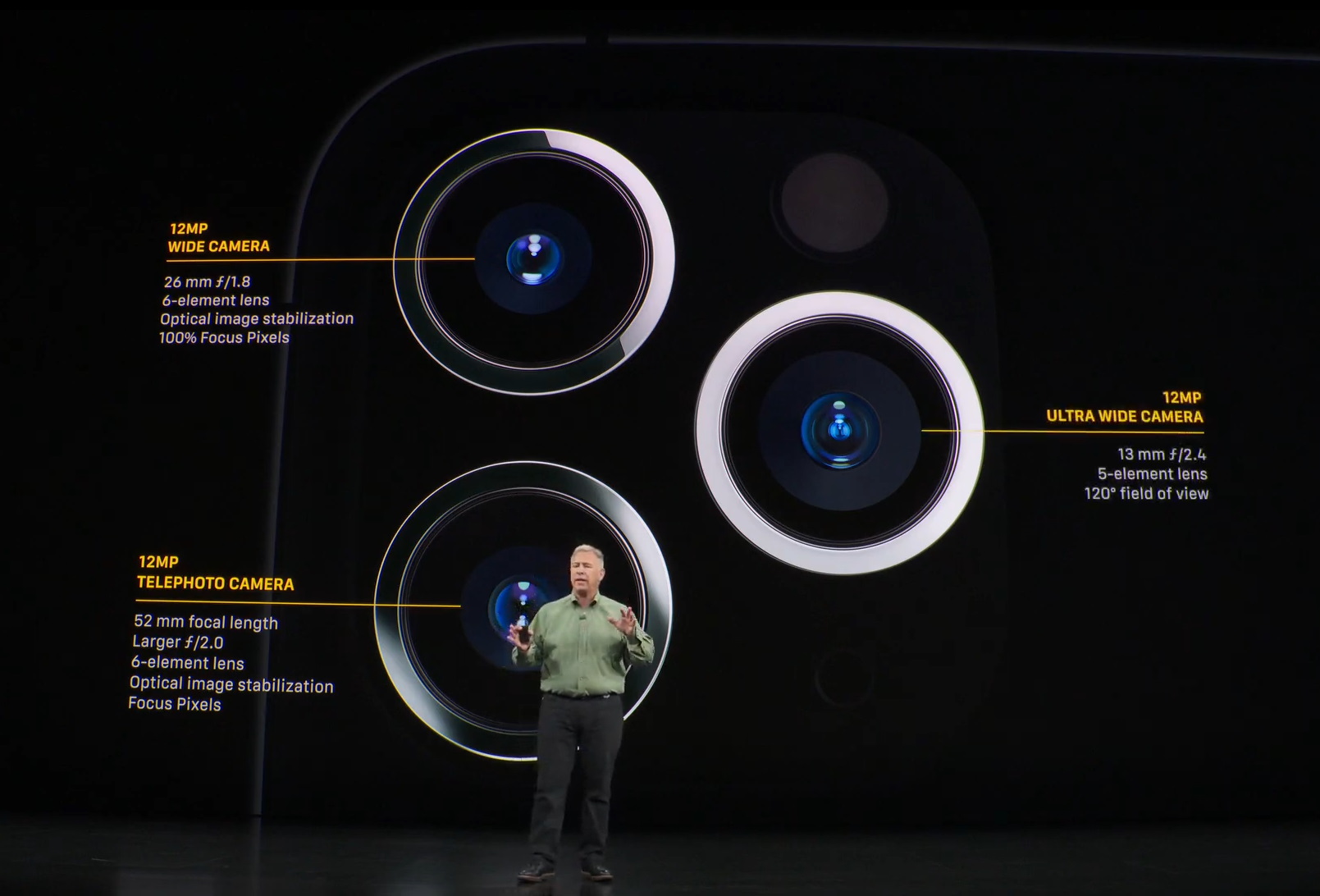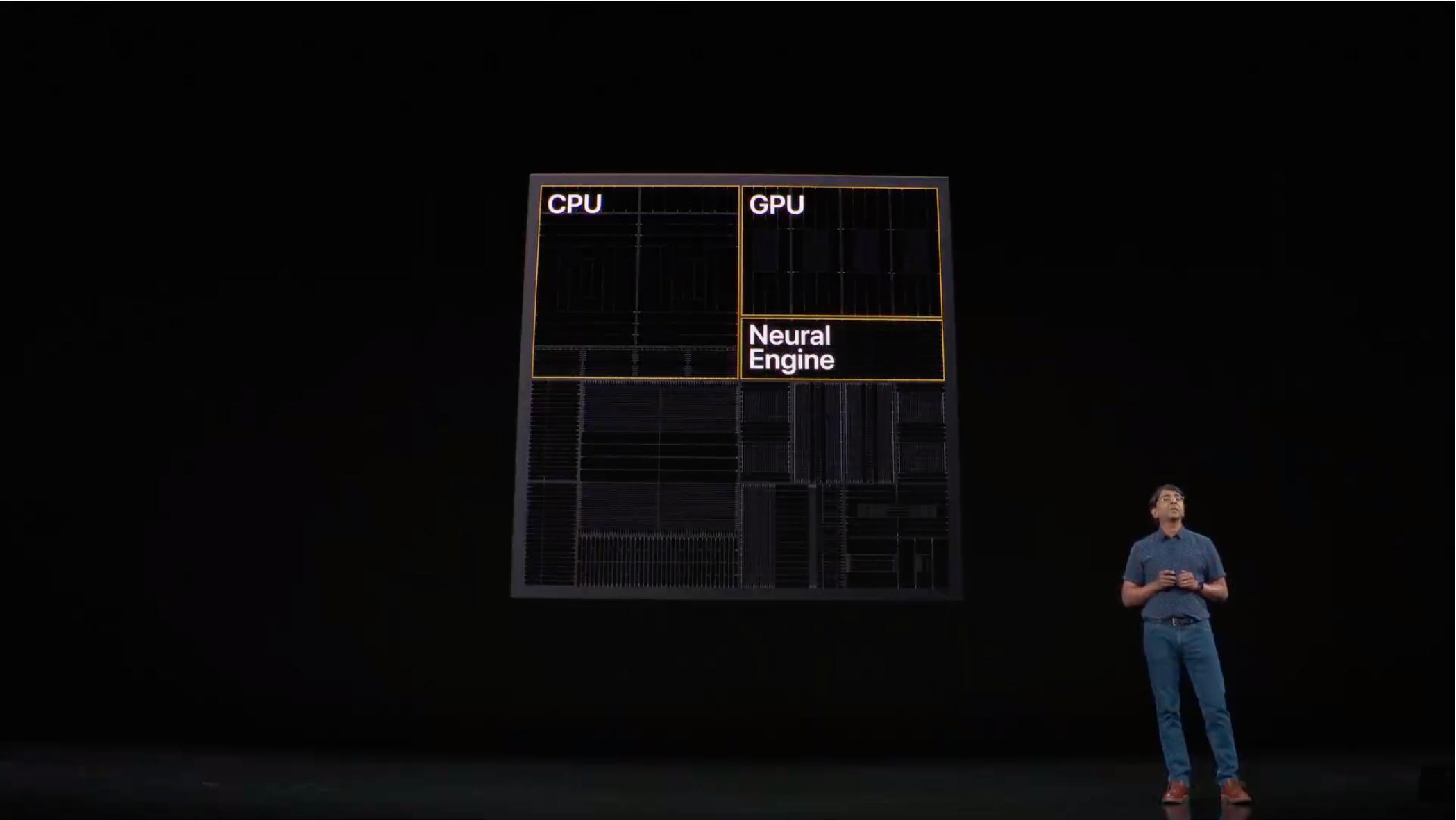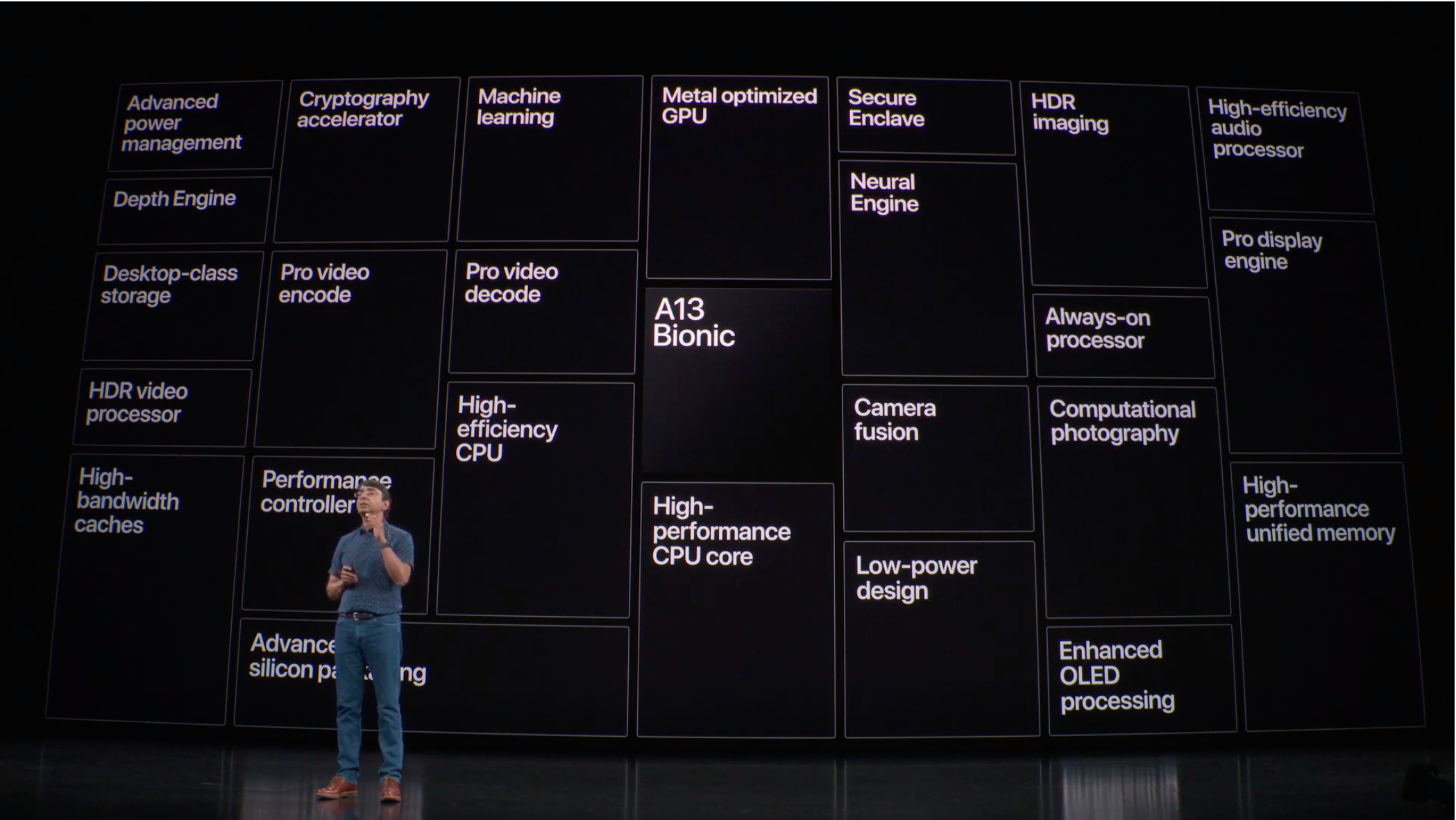Like clockwork, Apple has used its annual September event to announce a new generation of iPhones.
But they also crammed a bunch of other stuff in there for good measure. New iPads! New Apple Watches! Launch dates for Apple Arcade, and Apple TV+!
Didn’t have time to watch the event as it happened, but still want to know what went down? We can help. We’ve got all the news, condensed down to just the bullet points.
Apple Arcade
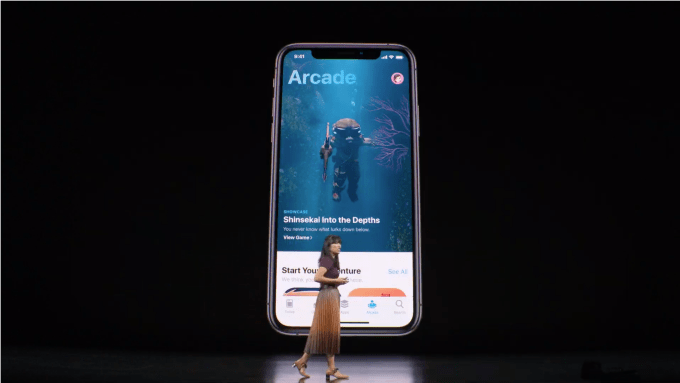
Apple Arcade, the company’s take on an all-you-can-eat, Netflix-for-games type service, will launch on September 19th in 150 countries. It’ll cost $4.99 per month for a family subscription, and offer a 1 month free trial.
Apple TV+
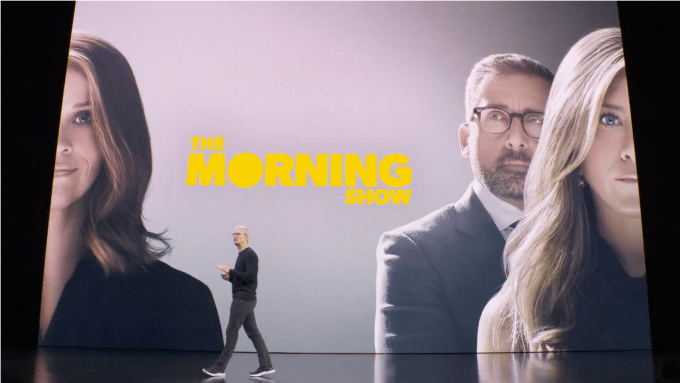
Earlier this year Apple announced that it was working on an on-demand video service, complete with original programming from folks like Reese Witherspoon, Oprah, Jason Momoa, and many others. They didn’t get too specific about the launch date, though.
The company now says that Apple TV+ will start rolling out on November 1st — and, like Apple Arcade, will cost $4.99 per month for a family subscription.
Oh! And a bit of an added surprise: all new iPhones, iPads, Macs, and AppleTVs will come with one year of AppleTV+, free.
The New 10.2″ iPad
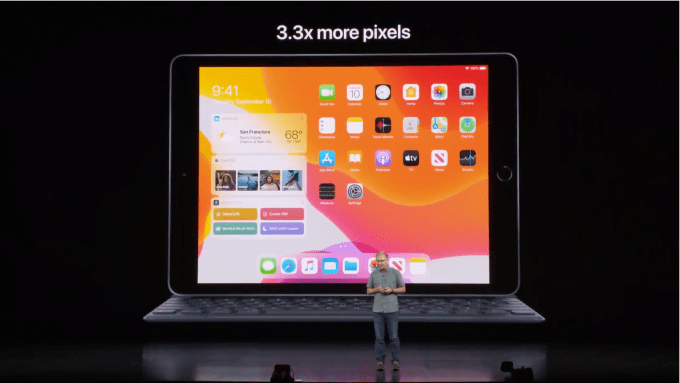
As the iPad moves into its seventh generation, the 9.7″ model is being bumped up to 10.2″.
It’ll have a Retina display, a smart connector on its edge to connect it with a full size keyboard accessory, and work with the first-gen Apple Pencil. And for the TouchID fans out there, fret not: they’re keeping the home button.
It’ll cost $329 (or $299 for students); pre-orders start today, shipping on September 30th.
Apple Watch Series 5
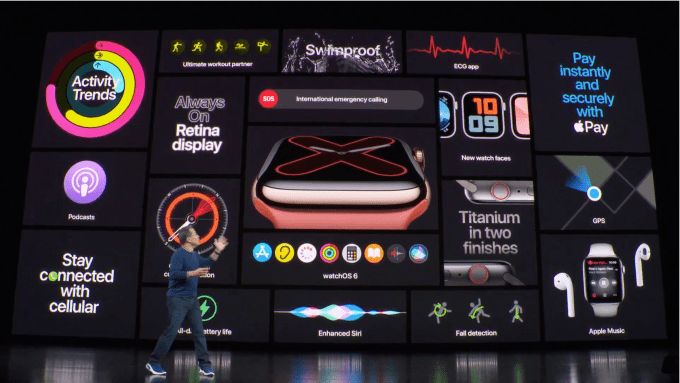
Always on display! Whereas previous Apple Watches turned off the display when you lowered your wrist, Series 5’s display will stay on unless you deliberately turn it off.
When you lower your arm, the brightness drops and the screen’s refresh rate dips down to one refresh per second, but your complications and watch faces stay visible. It’s getting a built-in compass, and an “international emergency calling” feature that lets you call emergency services in 150 countries by pressing and holding the side button.
Apple says the battery should last about 18 hours per charge.
Apple Watch Series 5 will start at $399, or $499 for the cell-enabled models. Shipping will start on September 20th. There will be aluminum models (silver, gold, and space grey), stainless steel models (gold, space black, and polished), titanium (brushed metal, brushed space black), and ceramic.
Series 3, meanwhile, is getting a bit of a price drop, with the base price for the two-year old model going from $279 to $199.
The new iPhones
You can’t have an Apple event in September without a new iPhone or three, right?

First up was the iPhone 11. Here’s the breakdown:
- 6.1″ display, with the “toughest glass” ever in an iPhone
- A new dual camera system on the back — one 12MP wide angle camera (26mm f/1.8), and one 12 MP ultra wide camera (13mm f/2.4).
- The flash is 36% brighter
- A new night mode that uses adaptive bracketing for better low light shots
- The front camera — now 12MP, up from 7MP — can do 60 FPS 4k and slow motion video
- Running on Apple’s new A13 chipset, which they proclaim to be the fastest CPU/GPU ever in a smartphone
It’ll come in black, green, yellow, purple, red, and white, and start at $699.
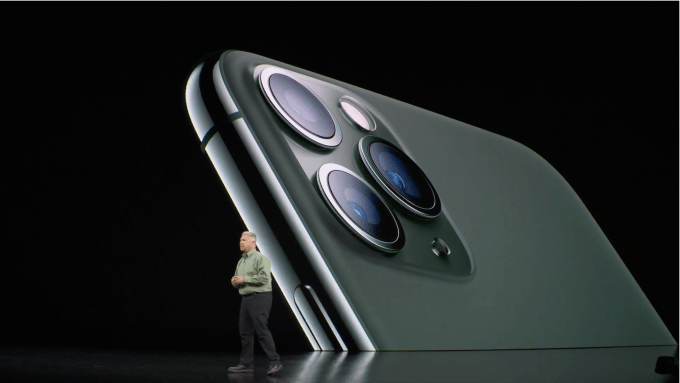
Next up was the iPhone 11 Pro/Pro Max:
- The Pro line has three cameras, rather than two: a 12MP wide angle camera (26mm f/1.8), a 12MP ultra wide (13mm f/2.4), plus a 12MP telephoto camera (52mm f/2.0). All three cameras can shoot 4K at 60FPS.
- Pro has a 5.8″ display, while Pro Max comes in at 6.5″
- Also running on A13
- While they didn’t give a specific battery life estimate, Apple says the Pro will get four more hours of life per charge when compared to the iPhone Xs Max, while the Pro Max will get five more hours
- Both come with 18w fast chargers in the box
- A new “Deep Fusion” feature uses machine learning for dramatically improved low light shots. Before you press the shutter button, the camera is taking a series of short exposure shots. Press the button, and it takes one long exposure shot. Apple then uses neural networks to analyze the photos “pixel by pixel”, combining them into one high detail, low noise photo.
Pro will start at $999, while Pro Max will start at $1099. Both will start shipping on September 20th.

from iPhone – TechCrunch https://ift.tt/2Q2oZWN







